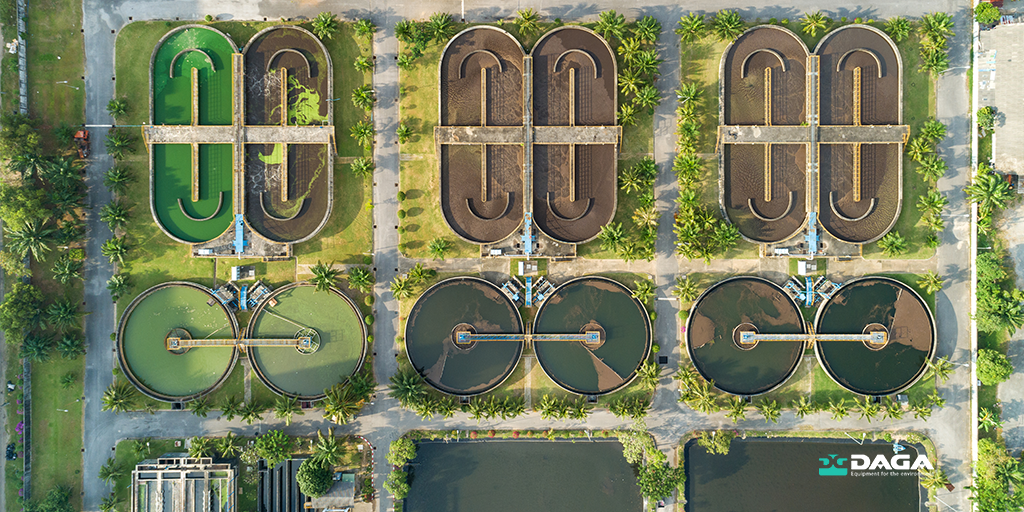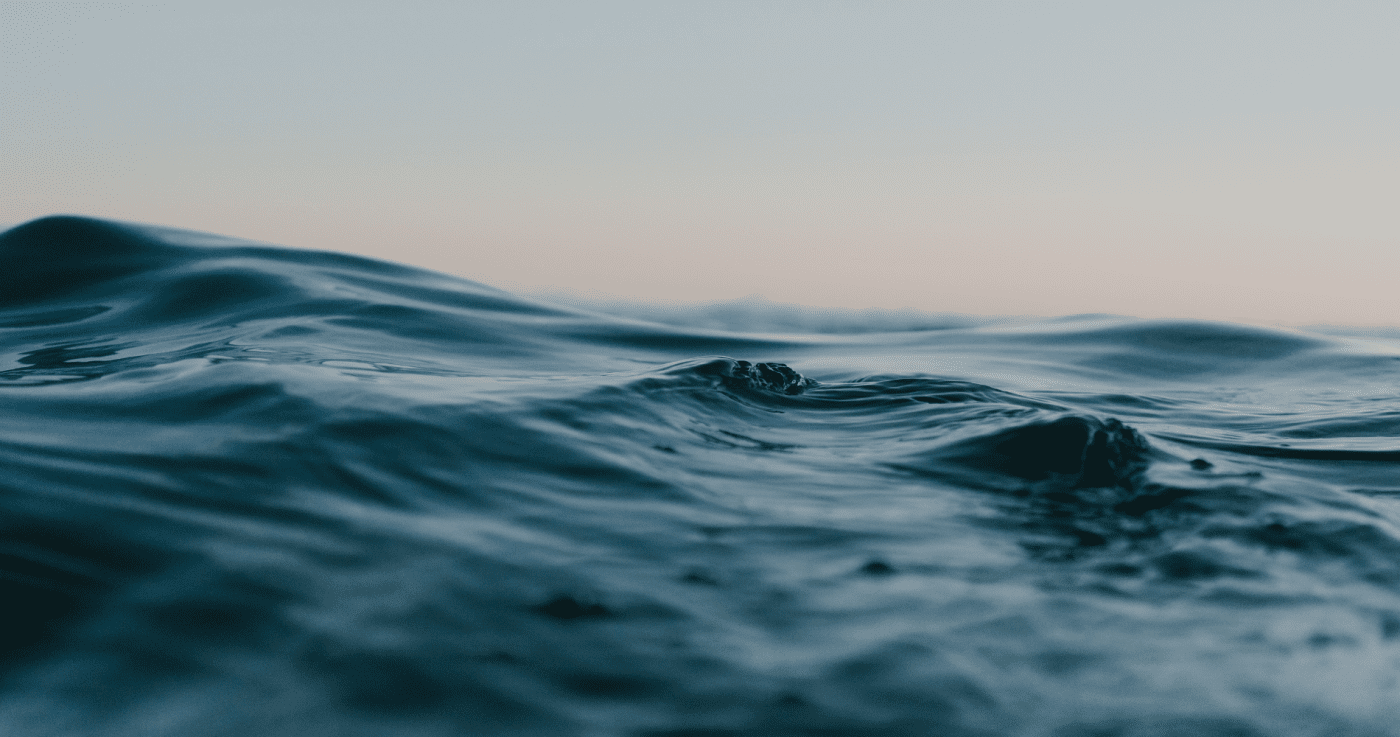
Although recently, we explained in this blog how the European Union (EU) had urged several countries to improve their urban wastewater treatment, the news in this regard has changed a bit.
In the middle of the year, the European Commission gave a warning to countries such as Belgium, Spain, France, Poland, or Sweden, among others. Despite this, last September, the same Commission reported that the collection and treatment of urban wastewater in the EU has improved. This is not a contradiction, but the data from a global report on the treatment of this type of wastewater by the Member States of the Union.
In the middle of the year, the European Commission gave a warning to countries such as Belgium, Spain, France, Poland, or Sweden, among others. Despite this, last September, the same Commission reported that the collection and treatment of urban wastewater in the EU has improved. This is not a contradiction, but the data from a global report on the treatment of this type of wastewater by the Member States of the Union.
Implementation of the Directive on the treatment of urban wastewater
This positive data can be read in the conclusions of the Tenth report on the state of implementation of the Directive on the treatment of urban wastewater (TARU Directive), published at the beginning of September. In them, the Commission oncludes that "the collection and treatment of urban wastewater in the EU have improved", something fundamental for the achievement of the objectives of the Water Framework Directive analyzed in this report.
However, there is still room for improvement, especially taking into account that the achievements achieved are not equivalent between all Member States and the good figures of some “make up” the shortcomings of others. The report indeed shows that compliance rates with EU regulations on wastewater collection and treatment have increased compared to the previous reference period and are high. The trend remains positive but still without reaching full compliance with the Directive.
The Commission itself admits that financing and planning "remain the main challenges facing the water services sector". In this sense, he points out that current investment in many countries "has turned out to be too low to achieve and maintain compliance in the long term".
However, there is still room for improvement, especially taking into account that the achievements achieved are not equivalent between all Member States and the good figures of some “make up” the shortcomings of others. The report indeed shows that compliance rates with EU regulations on wastewater collection and treatment have increased compared to the previous reference period and are high. The trend remains positive but still without reaching full compliance with the Directive.
The Commission itself admits that financing and planning "remain the main challenges facing the water services sector". In this sense, he points out that current investment in many countries "has turned out to be too low to achieve and maintain compliance in the long term".
Data to take the next steps
In the last decade, the collection and treatment of urban wastewater have improved in the European Union, as the report strives to highlight from the beginning. It indicates compliance rates of 95% for collection, 88% for secondary treatment (biological), and 86% for a more rigorous treatment (elimination of phosphorus and nitrogen).
Good figures that are dwarfed by other data, such as those that indicate that there is still 1% of urban wastewater that is not collected and that more than 6% of them do not receive adequate treatment to meet secondary treatment standards. These deficiencies are mainly a consequence of the low level of investment in the many Member States, which makes it impossible to comply with the Directive and/or to do so in the long term. The reality is that several populations in the EU still have to create or improve their wastewater collection infrastructures, as well as build modern
treatment plants.
In short, with this latest report, the Commission seeks to assess the status of the Directive's implementation and its impact. The final objective is to be able to locate those points or areas that require improvement and thus be able to move towards full compliance. For example, ways are being sought to deal with pollutants of concern today, such as microplastics. It is also studying whether regular monitoring of wastewater can facilitate the preparation of the European Union for the management of the COVID-19 pandemic or others that may arise in the future.
The Urban Wastewater Treatment Directive requires the Member States to ensure that their municipalities, cities, and settlements to collect and properly treat wastewater. And is that, untreated wastewater can be contaminated by harmful chemicals, bacteria, and viruses, and pose a risk to human health. At the same time, they contain nutrients such as nitrogen and phosphorus, which can damage freshwaters and the marine environment.
At DAGA we accumulate decades of experience in the development of equipment for wastewater treatment (WWTP).
In our blog, you can find other articles on topics related to the sector such as water quality, resource reuse, purification, or the effect of climate change on the management of water resources, among many others.
Good figures that are dwarfed by other data, such as those that indicate that there is still 1% of urban wastewater that is not collected and that more than 6% of them do not receive adequate treatment to meet secondary treatment standards. These deficiencies are mainly a consequence of the low level of investment in the many Member States, which makes it impossible to comply with the Directive and/or to do so in the long term. The reality is that several populations in the EU still have to create or improve their wastewater collection infrastructures, as well as build modern
treatment plants.
In short, with this latest report, the Commission seeks to assess the status of the Directive's implementation and its impact. The final objective is to be able to locate those points or areas that require improvement and thus be able to move towards full compliance. For example, ways are being sought to deal with pollutants of concern today, such as microplastics. It is also studying whether regular monitoring of wastewater can facilitate the preparation of the European Union for the management of the COVID-19 pandemic or others that may arise in the future.
The Urban Wastewater Treatment Directive requires the Member States to ensure that their municipalities, cities, and settlements to collect and properly treat wastewater. And is that, untreated wastewater can be contaminated by harmful chemicals, bacteria, and viruses, and pose a risk to human health. At the same time, they contain nutrients such as nitrogen and phosphorus, which can damage freshwaters and the marine environment.
At DAGA we accumulate decades of experience in the development of equipment for wastewater treatment (WWTP).
In our blog, you can find other articles on topics related to the sector such as water quality, resource reuse, purification, or the effect of climate change on the management of water resources, among many others.


